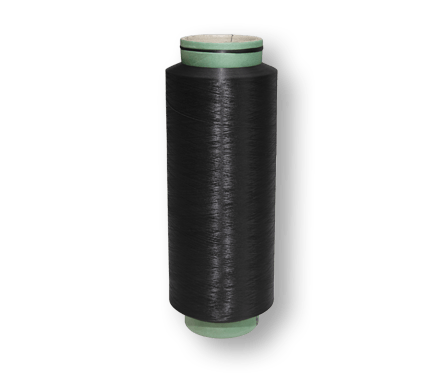1. There are differences in attributes: With nylon line […]
1. There are differences in attributes:
With nylon line fishing, the reaction will be relatively slower, and the overall operation will be more stable. At the same time, it can reach agreement with the proportion of water; people who play Leiqiang generally use PE line as the main fishing line. People usually use 80-100 pounds; PE is completely incomparable with water, completely floating.
The proportion of fluorocarbon thread and water is about 1: 1.7, and the sinking speed is faster than nylon, especially for bottoming fishing groups, such as Texas type fishing groups, lead head hooks with silicone, and inverted fishing. For any Finesse fishing group, the sinking rate is significantly faster.
2. There are differences in ductility:
Carbon wire has a little bit of PE wire function, high wear resistance and low ductility; nylon wire has the advantage of being ductile. Although it is difficult to find the crossover point during operation, the signal obtained will be More stable. The ductility of the PE wire is the same as that of the carbon wire, both of which have low ductility.
3. There are differences in the stock line:
The chemical raw material of nylon is PA, which is the downstream product of petroleum like PE. Unlike PE, nylon thread is generally a single strand, and the characteristics of this thread are just the opposite of PE thread. PE is a fishing line made by weaving multiple strands of chemical fiber after dipping; while the carbon thread is processed by the spinning of resin containing fluorine and carbon. There is no single strand or multiple strands.
The type of fishing line to be used for fishing depends on the fishing area and the target fish. In rivers, rivers, lakes, reservoirs and other large fish waters, the diameter of the line should be thicker; in the fish pond or the water area where the single intensive crucian carp is the main, line 1 is better;
In the wild small crucian carp waters, the 0.8-1.2 line is appropriate; in the waters of squid fishing, the thinner the line, the better; the static waters should use thin lines, and the dynamic waters should use thick lines.
In short, use a thick line for big fish and a thin line for small fish. Reasonable use of the line is a part of fishing that cannot be ignored. In order to increase the rate of catching fish, experienced fishermen choose the lower limit of the fishing line, that is, the hook line is small and close.
1. Different raw materials: Nylon thread is made by twisting nylon material yarn; PE thread is made of multi-strand chemical fiber braided and dipped into fishing line; carbon thread is processed by spinning resin containing fluorine and carbon
2. Features:
Nylon thread: there is a certain tensile force, strong tensile force, gloss, high temperature resistance, low cost, smooth surface, the wear on the thread ring can be minimized
PE wire: the wire diameter is thinner, can be cast farther, wear-resistant, and has almost no ductility
Carbon thread: high specific gravity, fast water cut, very low refractive index of light, almost invisible, no water absorption, UV resistance and durability are much stronger than nylon thread
Fishing line material
The invention of nylon is a major innovation in modern history. It has brought revolutionary shock to textile, national defense, and people's livelihood. In particular, nylon oil is made into a thread and used as a thread for fishing. It is not only an epoch-making event for fishing, but also It has written a new page for the development of fishing.
The earliest manufacturer of nylon fishing line was an American manufacturer-DuPont. The most important point of the fishing line is the problem of fishing force value. Can the fish pull up? Will the fishing line break? This is The most worrisome issue for fishermen. Even in the early days of the creation of nylon fishing line, the slenderness and diameter of the fishing line are far above other substitutes. Based on these two reasons, the fishing lines and specifications produced in Europe and the United States are calculated based on the most practical fishing force value. . The unit of weight in Europe and America is pounds, so the specification unit of the fishing line is the pound system.
Subsequently, more excellent ultra-high molecular weight polyethylene fiber (DOYENTRONTEX Fiber), commonly known as Dali horse fiber in the fishing line industry, the fiber has more excellent mechanical properties, density is less than water, and has super wear resistance, weather resistance and corrosion resistance. There is a tendency to replace nylon fishing line, especially in high-end fish fishing, sea fishing and other fields have become mainstream products, which is also a key export project of the domestic fishing line processing industry.
